Flora Resources
View other resources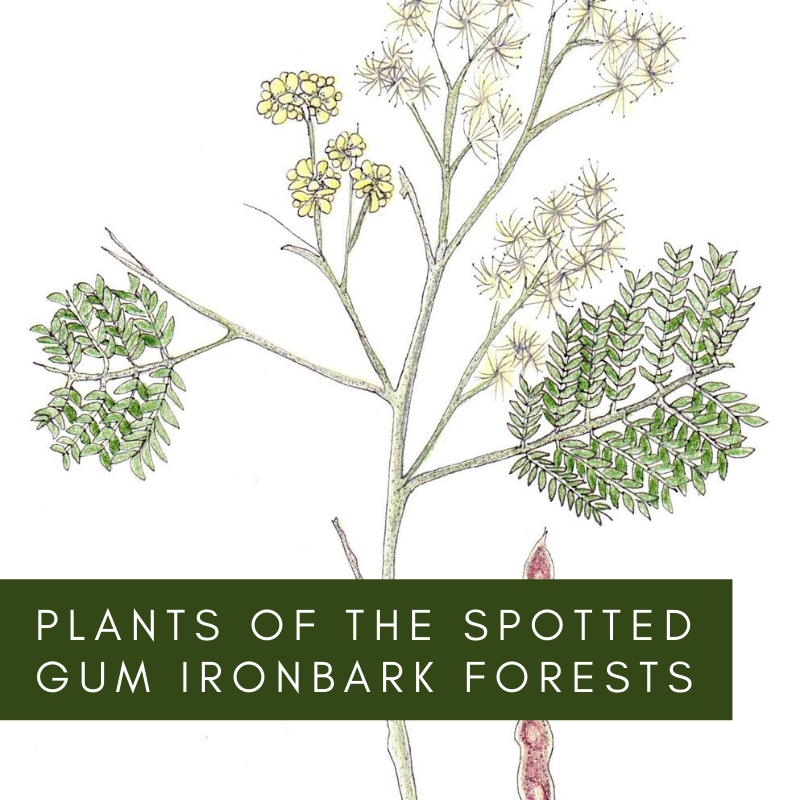
Plants of the Spotted Gum Ironbark Forests
Learn the types of trees, shrubs, grasses and vines that populate the Ironbark Forests of the Lower Hunter.
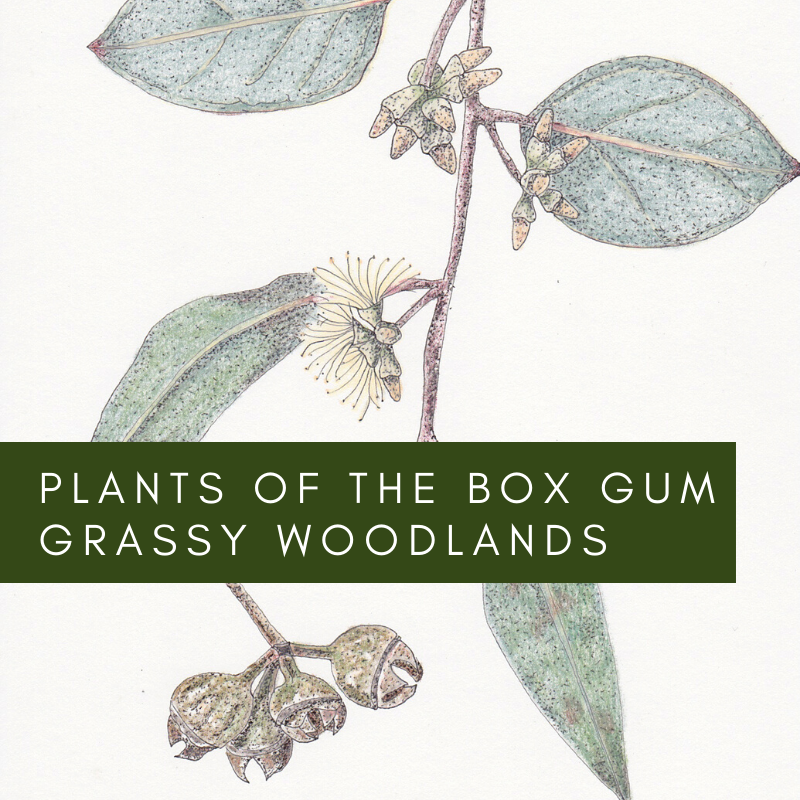
Plants of the Box Gum Grassy Woodlands
This vegetation community is listed as an Ecologically Endangered Community because of the flora and fauna this community supports, including the species of White Box, Yellow Box, and Blakely’s Gum.
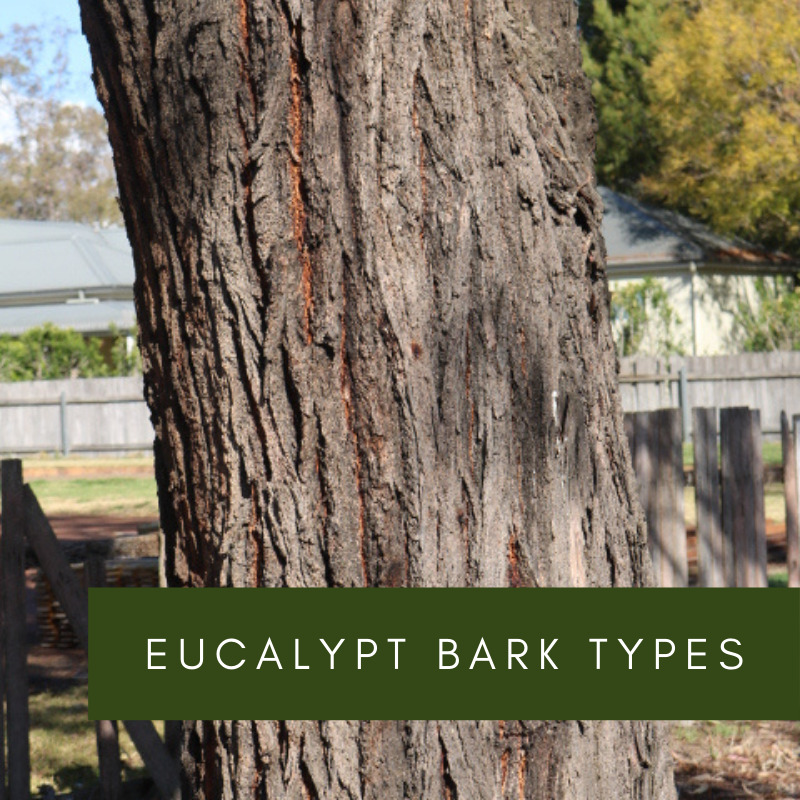
Eucalypt Bark Types
Just as their fruits (gumnuts) can help us figure out which Eucalypt is which so can their bark, these are some commonly seen in the Upper Hunter.
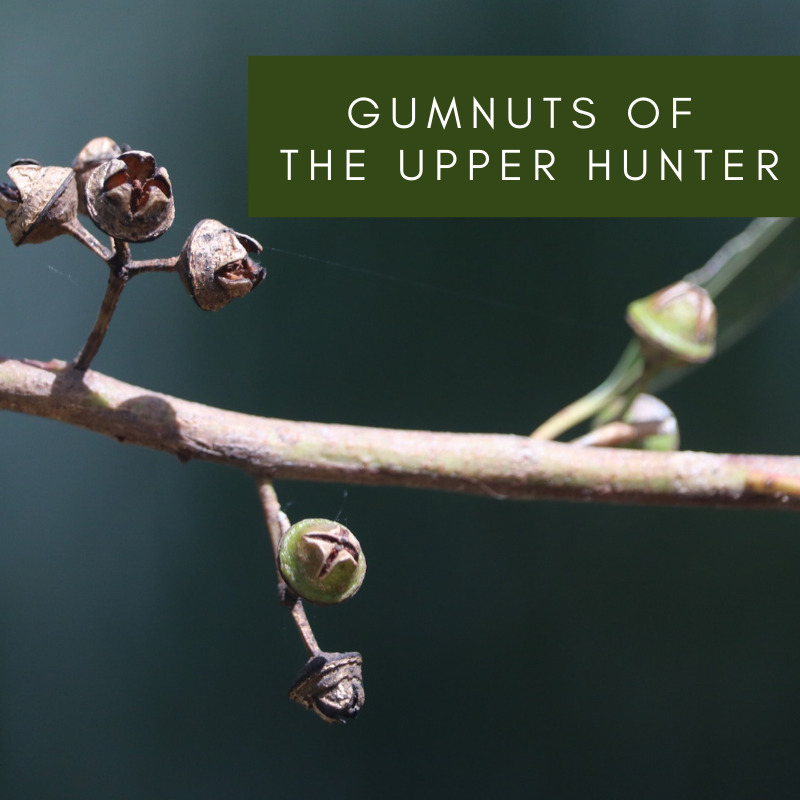
Gumnuts of the Upper Hunter
Bark types and gumnuts (or “fruit”) are a handy way of determining which group a Eucalypt belongs to.
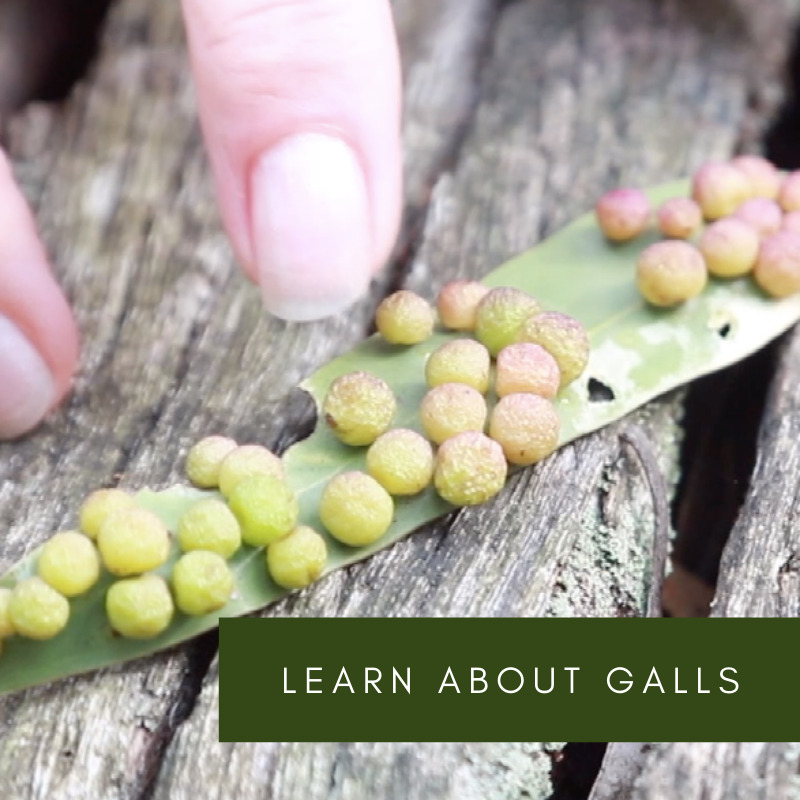
Learn About Galls
Stacy Mail talks through identifying galls.
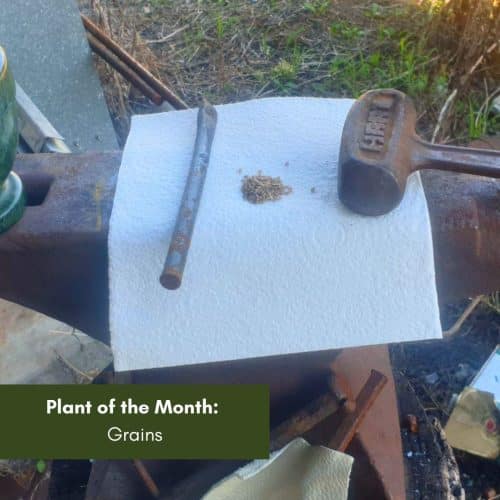
Sigh, I was wr….. Not exactly right….
You know how you’ve been telling people stuff for almost 30 years and no ...
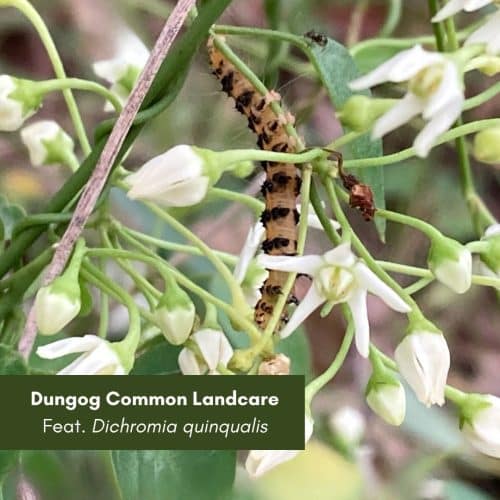
Dungog Common Landcarers were able to capture a very rare sight while out on the common this month- not only the ...

I generally keep away from the medicinal uses of native plants as there’s a lot of cultural significance and ...
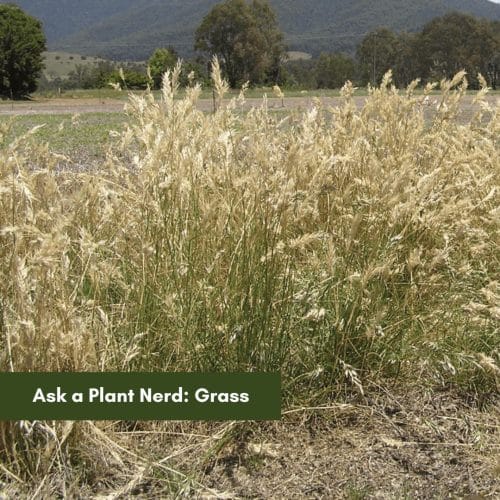
Grasses and lots of other plants can tell us a lot about soil type, fertility, moisture, land use, fire history, salinity and so on, it’s not an exact science but knowing plants and some of their ecological requirements helps us to understand our sites better and to better manage them.
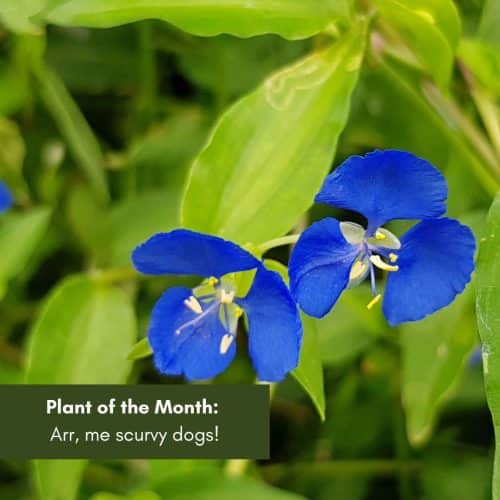
Ok, so it’s a little early for International Talk Like a Pirate Day but one issue for pirates, other seafarers and more than a few landlubbers was the disease of scurvy brought about by lack of Vitamin C in the diet, this was a big issue in the Royal Navy till young Jimmy Cook had lemons, limes and sauerkraut as mandatory dietary items for his underlings as they bobbed about the world’s oceans (“no dessert for you till you’ve sucked on a lemon”).
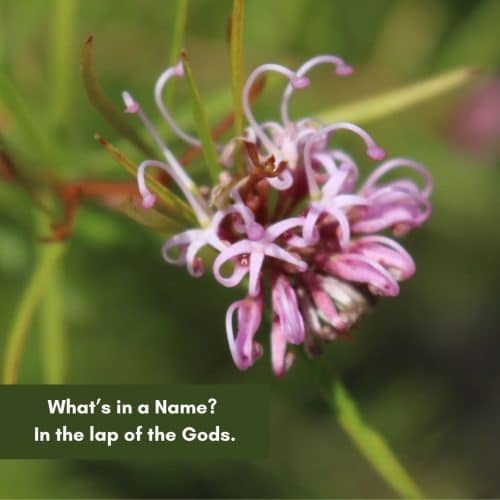
One of the more common practices in botany and zoology is to name a species after a Greek or Latin god or figure of legend, here’s a few of them.
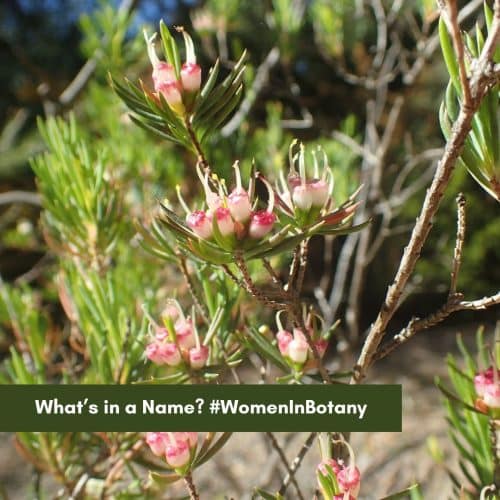
v
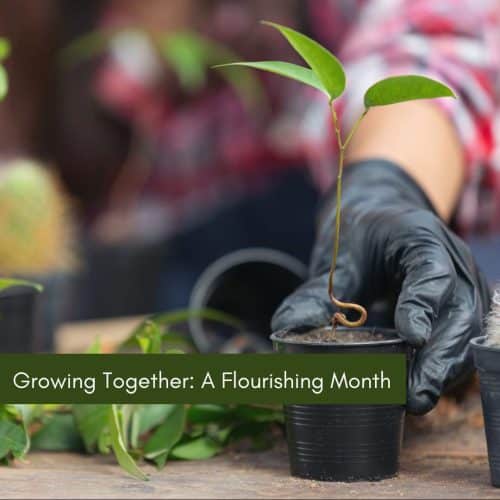
In the heart of Muswellbrook, our Landcare nursery has been buzzing with activity this month as we proudly ...
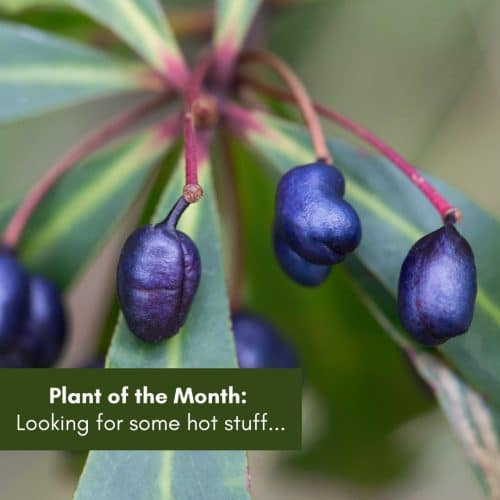
If you’re a late Boomer or early Gen Xer you’ve probably now got this earworm going (Millenials and Gen Y or Z ...
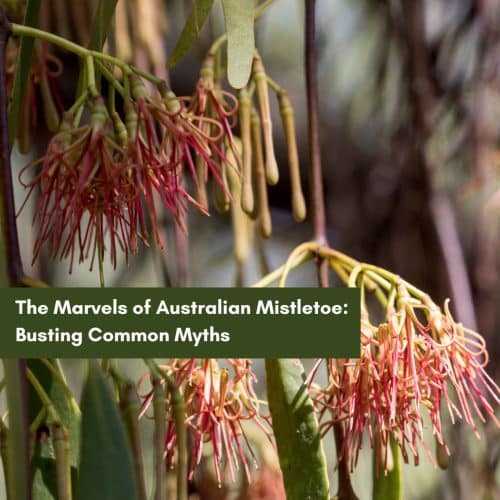
Australian mistletoe plays a crucial role in supporting biodiversity, punching above its weight in ecological significance
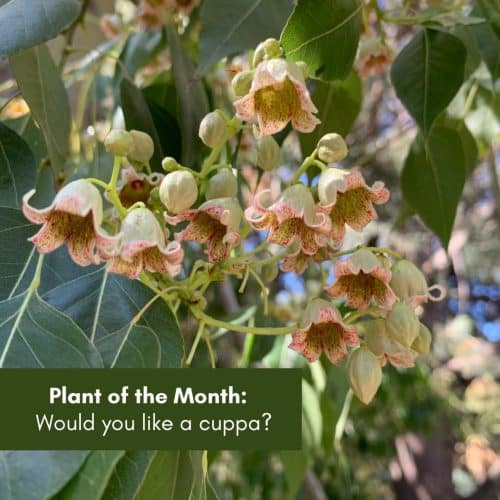
When you’re out of tea (or coffee) you’ll pretty much use anything and that must have led to some interesting experimentation by the first colonists, I’m guessing many were tried with some very interesting results before settling on some more or less acceptable “tea” making species.
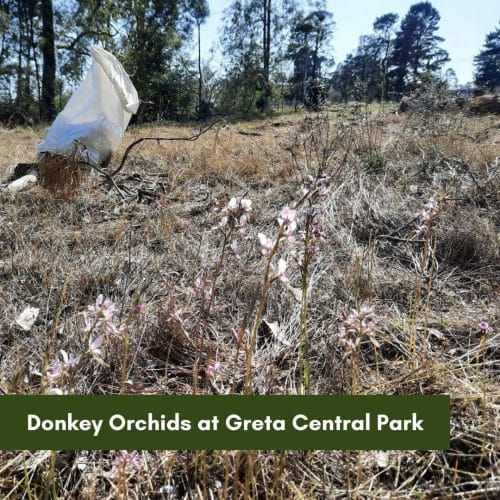
HRLN held its first working bee with volunteers at Greta Central Park this month. Greta Central; during the session, we discovered a beautiful patch of donkey orchids, Diuris punctata.
